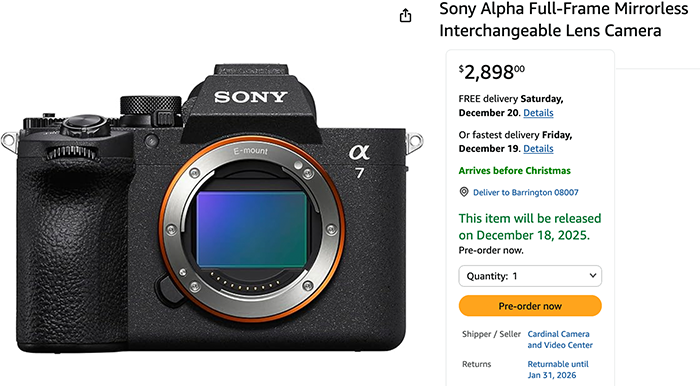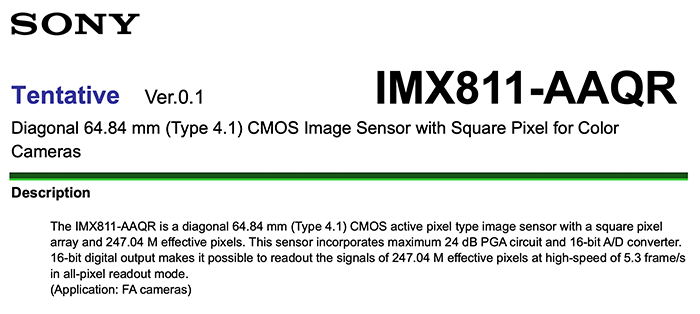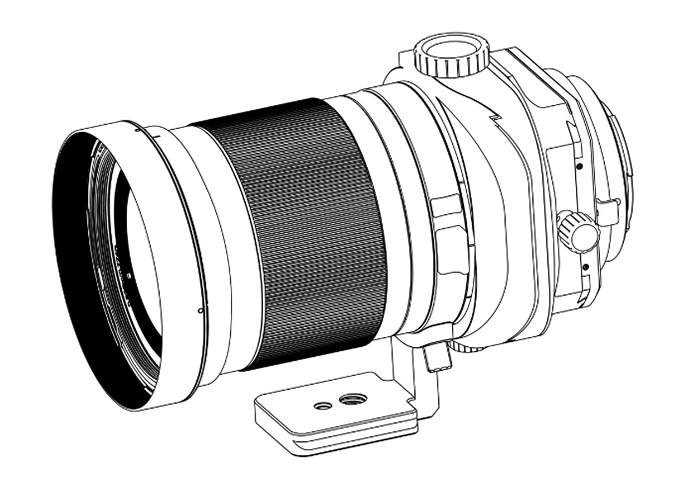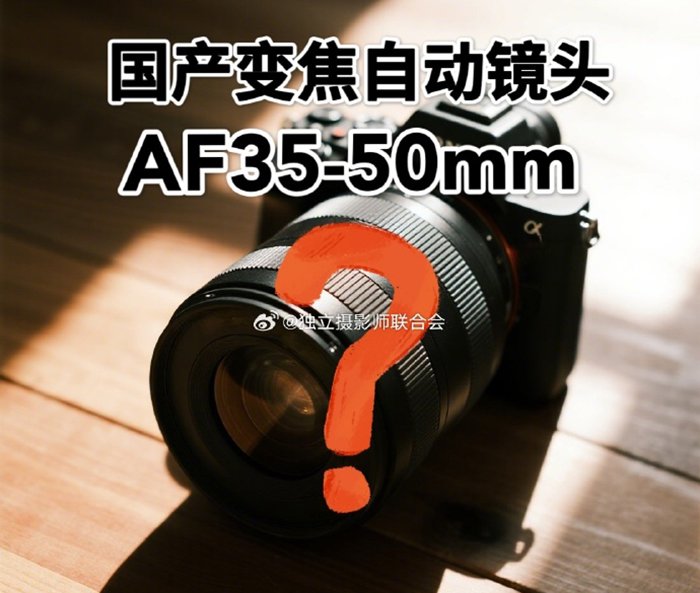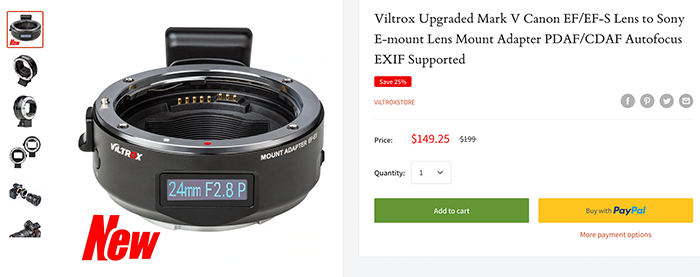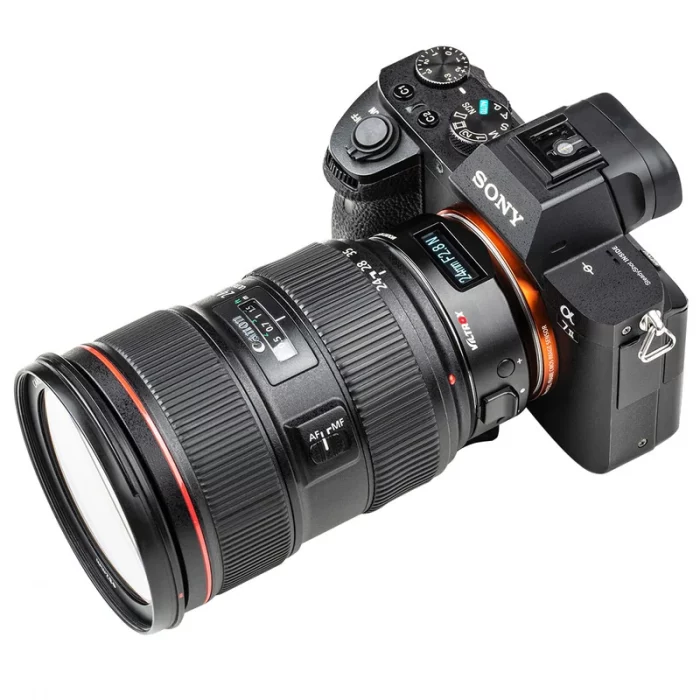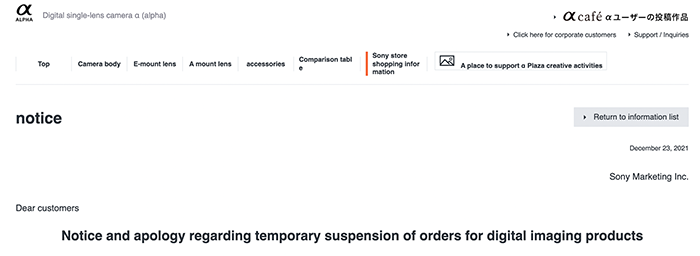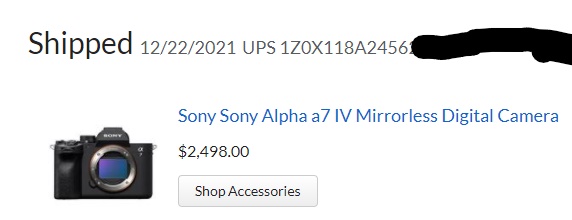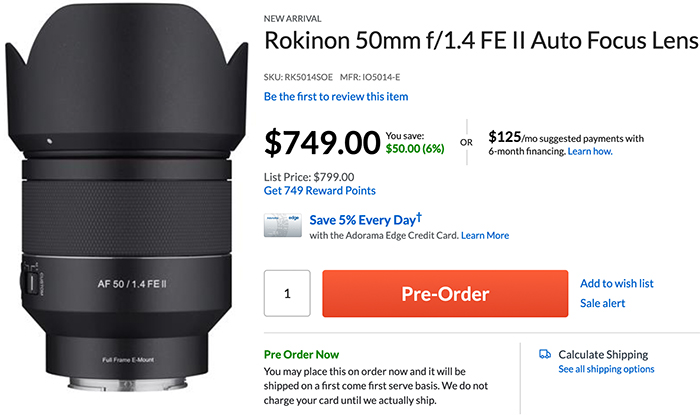Sony Tidbits…
Sony A7 IV Review – One Step from Hybrid Perfection
Which One?: Sony A1 vs Canon EOS R5. Which Is the Best Camera? (ThePhoBlographer).
The Versatile Instant Print from FUJIFILM INSTAX Printers and Cameras (Explora).
Tips for Capturing Fast Movements in Horse Photography (42West).
Photography Christmas Song by Alessandro Carpentiero.
Canon 50mm f0.75 – One of the fastest lenses ever made? (allmyfriendsaresynths).
Personal photos and tests from SAR Admin Andrea on Instagram, Facebook, Flickr and 500px.
Join the new Sony Alpha Camera Facebook group.
To get news from our Forum subscribe that RSS feed.
I kindly invite you all to follow our RSS feed, follow us on Facebook and Twitter to not miss news and rumors
We have our own Facebook camera groups and pages you can join to discuss the upcoming new cameras in detail:
Sony A9 group and Sony A9 page.
Sony A7rIV group and Sony A7rIV page
Sony A7sIII group and Sony A7sIII page
Sony A7III group and Sony A7III page
Note: In groups you can post your own stuff like images, news and questions. While on pages you will read the specific camera news from SAR.
